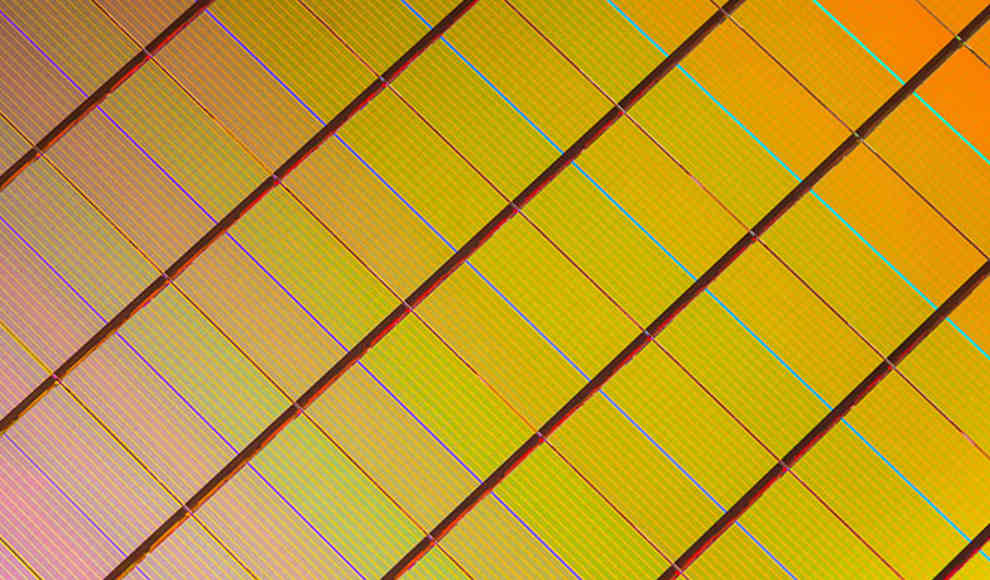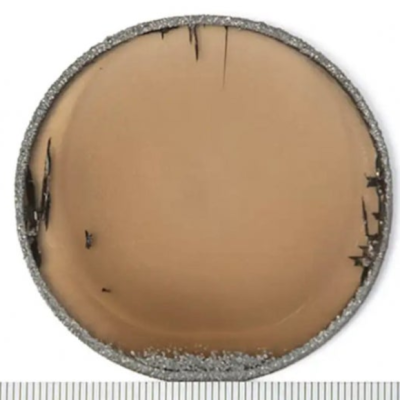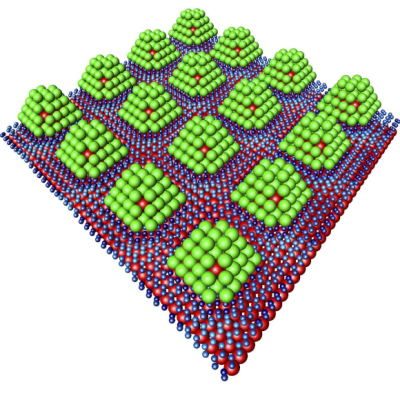Intel to Revolutionize Computer Technology with New Super-Chip
Intel is set to begin production of a new super-chip later this year that will perform storage and read operations around 1,000 times faster than current SSD storage. The new chip, called 3D XPoint, is expected to revolutionize computer technology, according to experts. Intel has partnered with Micron Technology to design the new chip, which is a completely new type of storage that surpasses the limits of current storage solutions. The 3D XPoint is not only significantly faster, but also more durable and cheaper than current storage solutions. Intel will begin production of the first models later this year, with availability in 2016.
The 3D XPoint is a new type of storage that combines the positive features of both classic storage systems. It is capable of reading data 1,000 times faster than conventional NAND-Flash storage, without the need for transistors or constant power supply. The new chip is also around 1,000 times more durable than current SSD hard drives, and has a ten times higher storage density, allowing for larger storage capacities or smaller chips for mobile devices. The new technology is expected to reduce maintenance and failure costs for businesses, and increase hardware availability for customers.
The 3D XPoint is built in a three-dimensional grid structure, similar to a three-dimensional chessboard in the nano-range. The storage cells for each bit are located at a cross point of the grid network and can be addressed individually and directly. The new chip could lead to a new generation of mobile devices and servers, with faster speeds and larger storage capacities. The new technology is also of interest to supercomputers in research, as it can capture large amounts of data in a much shorter time. Intel plans to offer a 128-gigabit chip as its first product, with production starting later this year. The price for the 3D XPoint is not yet known, but it is expected to be lower than current SSD hard drives once in mass production.









